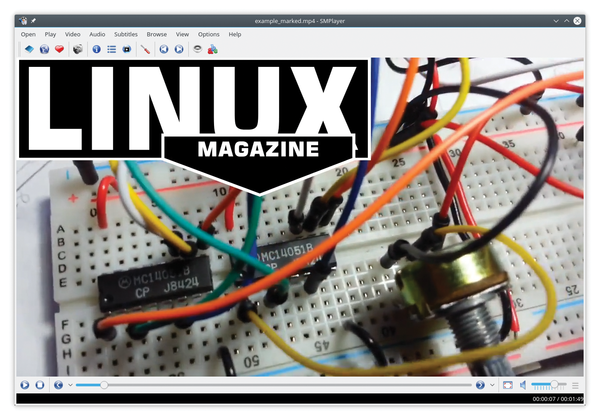
Using the above 2 commands results in a 20-second long video as intended. Same with if I remove the video filters entirely:įfmpeg -i input.mp4 -i song.m4a -filter_complex amix -map -map 0:v -shortest output.mp4 When I separate the audio and video filters into 2 separate -filter_complexs, it works as intended (doing this was also the solution given in the issue a linked at the top):Īmix -filter_complex pad=height=ceil(ih/2)*2:width=ceil(iw/2)*2 \ However, in the command above, -shortest seems to be not working entirely. To ensure that the output file does not become 8 minutes long, I'm using the -shortest option, which should make FFmpeg stop encoding once it hits the shortest audio/video stream. I want to mix both the audio streams together, so that the first 20 seconds of song.m4a plays alongside the original audio of input.m4a. Input.mp4 is only about 20 seconds long, but song.m4a is about 8 minutes long. I'm using the following command to mix the audio of input.mp4 with song.m4a and ensure that the dimensions of my output file are even numbers:įfmpeg -i input.mp4 -i song.m4a -filter_complex \Īmix pad=height=ceil(ih/2)*2:width=ceil(iw/2)*2 \ The audio is reversed creating and finally the two streams ( + ) will merge and output as a new file, output.mp3: $ ffmpeg -i input.mp3 -filter_complex "asplit areverse amix=inputs=2" -map "" output.mp3ĭon’t worry if the above code looks intimidating, distinct linear chains are easy once the more you use them and get used to the syntax.Pretty much the exact same issue was described here several years ago, but the 'solution' given, while it works, is more inconvenient and doesn't explain why the actual command in question does not work. The input.mp3,, will split into a temporary stream. Below is an example of a distinct linear chain.

Below is an example of a linear chain horizontally flipping a video and then inverting the colors: $ ffmpeg -i input.mp4 -vf "hflip,negate" output.mp4ĭistinct linear chains use secondary inputs or create temporary streams before creating the final output. Linear chains are filtering done on the input stream or virtual temporary streams but do not require an additional temporary stream before creating the output file. Linear chains are separated by commas while distinct linear chains are separated by semicolons. There are two types of filter chaining in FFMPEG Linear chains and distinct linear chains. It is possible to apply one filter at a time constantly referencing the last output file but ideally, chains are used to efficiently apply multiple filters.


As you use FFMPEG one command might get the job done but at times applying multiple filters to a video is needed.


 0 kommentar(er)
0 kommentar(er)
